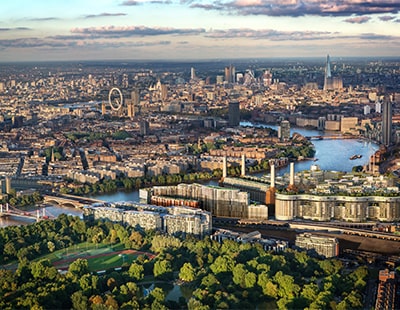
The rental market is recalibrating after Covid, and this is evident in the latest data from Zoopla’s rental index.
For 18 months after the start of the pandemic, our data was showing ‘doughnut’ demand in cities - ie, strong demand in wider commuter zones as renters looked for more space and then hollowed-out demand in city centres. In turn, rental growth stalled in these central urban markets. Rents in inner London were falling at 10% annually early last year.
However, the re-opening of shops, bars, theatres as well the resumption of office life last autumn reinvigorated the demand for city living. Office workers, students and overseas renters all returned to the market - resulting in a strong bounceback in city centre rental demand.
Even with the quieter market during the pandemic, the stock of rental accommodation did not build at a rate to match the demand that came into the market from September, putting very sharp upwards pressure on rents.
As the chart shows, the fastest rental growth has been in inner London. But even with this level of annual growth, the previous declines in rents mean that the average London rent is around £18 higher than before the pandemic.
A note here on the city-centre demand. The rental demand we have seen in the market over the last year is not a zero-sum game. As the pandemic started, typical city-centre demand receded, but it did not entirely shift into other rental markets. Students and some office workers moved back in with their families. Executives who needed a pied a terre in the city centre handed back the keys. International renters couldn’t access the UK and had less reason to be here. So while there may have been some swing from rural back to city living, much of the demand we are seeing has been ‘pent-up’ from March 2020 to September 2021.
The rises in city rents have helped push the average UK rent excluding London up to +7.5%, and London to +10.3%. Sharp rises in wages, according to official data, last year, mean that affordability levels are still close to the 10-year average. These metrics suggest there may be room for further rental growth in some markets, but as affordability levels move away from historic averages, even with a lack of rental supply, affordability considerations will start to put a cap on rental increases. We forecast that rents will rise by around 4.5% this year in the UK, and by 3.5% in London.
*Gráinne Gilmore is the head of research at Zoopla






















Join the conversation
Be the first to comment (please use the comment box below)
Please login to comment